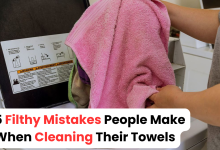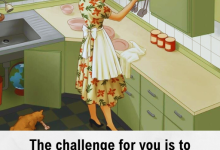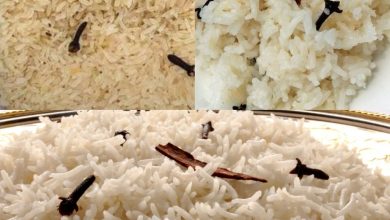Homeowners still encounter lots of misinformation about acceptable recycling practices. To help clear up the confusion, here are 10 home recycling myths, debunked.
One Wrong Item Spoils the Whole Bin

You may think that putting one wrong item in the recycling bin condemns the whole load to the landfill. In reality, though, your local recycling provider may be effectively sorting out the contents of the bins at the disposal facility. But all the same, don’t slack off: Putting items in the wrong containers “can impact the safety of haulers, processors, and other citizens; contaminate other recyclable items; harm existing recycling infrastructure; and add more costs to local programs,” according to an EPA spokesperson.
All Plastics Are Recyclable

To figure out if that soda bottle or yogurt tub can get a new life, you need to know its resin content. This information can be found on the bottom of plastic containers, where it’s displayed as a number in a triangle. Check out the EPA’s handy guide that breaks down the different types of plastic, then consult your local recycling provider to see which it accepts.
Aluminum Foil Can’t Be Recycled

In the past, local providers wouldn’t recycle aluminum foil, because the cooking essential is often covered with dried-on food particles. Nowadays, however, most aluminum foil can be recycled if it’s scrunched into a ball and doesn’t have too much residue on it. Check with your local provider first, or consider washing and reusing it at home.
Pizza Boxes Go in the Paper Bin

If your pizza box is coated with drippings and grease, it generally can’t be recycled alongside your other cardboard and paper goods. But, depending on the regulations in your area, it may be compostable; check with your local provider to be sure.
Wire Hangers Go in the Trash

With their sinewy shape and pesky hook, wire hangers can get caught in recycling equipment, which makes them a hazard to recycle. But you don’t have to throw them out! Instead, take them to your local dry cleaner; many will accept and reuse them.
Milk Cartons Are Not Recyclable

Milk cartons are composed of a mix of materials—like paperboard, plastic, and, in some types of containers, aluminum that keep their contents shelf stable. Though their composition makes them challenging to recycle, many municipalities will now take them if they’ve been emptied and rinsed. Check your local guidelines for the exact requirements.
You Can Recycle Paper Eating Products

Paper napkins, paper plates, and paper towels often have quite a bit of food debris on them, so they can’t typically go in the bin alongside your cardboard boxes. But look into other options: Increasing numbers of recycling programs will take these paper products as part of a composting program. As usual, check with your local provider for details.
Your Broken Mug Goes into the Glass Recycling Bin

Most people sip coffee and tea out of ceramic or stoneware mugs. But because broken pieces of stoneware or ceramic can contaminate the recycling system, these materials aren’t readily recyclable. Check with your local provider to learn the best way to dispose of them.
Take-Out Containers Go in the Trash

Don’t toss that take-out container! Most non-Styrofoam containers can be recycled with the rest of your plastics; simply check the symbol on the bottom to find out. The containers can also be washed and reused, so rather than just throwing them away, try to recycle them in your own home.
You Can Recycle Styrofoam

Styrofoam, which is made of expanded polystyrene (EPS) foam, can’t be recycled. There are a few reasons for this, but it’s primarily because recycling companies can’t profit from the lightweight material, which is expensive to transport and difficult to sell. If you want to get rid of egg cartons, disposable cups, take-out containers, packing peanuts, or other Styrofoam products, check with your local provider to learn your options.







